The U.S. Navy and UAP Material Analysis
Following Leads from Lue Elizondo to a Specific Location for UAP Material at Pax River and Its Implications for Further Investigation
In November 2024, Lue Elizondo appeared before the House Oversight Committee to testify about his experiences and knowledge of UAP-related programs during his time in government. As a follow-up, written questions were sent to the witnesses to address topics that couldn't be covered during the hearing due to time constraints. Lue Elizondo's responses to these questions were obtained and released by lobbyist Douglas Dean Johnson on his website.
Among these responses was a revealing detail about a building designed to facilitate the transfer of UAP materials by both air and sea.
Question: “Can you confirm or deny the attempt to transfer non-human technology to Bigelow Aerospace from Lockheed Martin during your time at AATIP?”
Response: Yes. I can confirm that specific facilities were identified to enable Bigelow Aerospace to acquire and securely store recovered UAP materials as the new custodian, following their transfer from Lockheed Martin. These facilities included locations in the Las Vegas area and a newly built hanger at the Patuxent River Naval Air Station (“PAX”). Specifically, the PAX River hanger was designed to facilitate the transfer of future materials via air and river. The hanger was purpose-built to meet the requirements of a Special Access Program Facility (“SAP-F”) and was capable of accommodating materials at any classification level. I was informed that funding for the hanger, approximately $10 million, was allocated at the request of then-Representative Steny Hoyer. I have visited this facility; however, as it was a new construction at the time, no materials had yet been transferred.
Elizondo served in AATIP as its Director from 2008 to 2012, and his mention of Representative Steny Hoyer provides a precise timeframe and reference point for identifying this facility.
The Aircraft Prototype Facility
In 2008, Rep. Steny Hoyer helped secure $17 million for a new facility at Pax River: the Aircraft Prototype Facility (APF). Construction, which included a small hangar, was completed in 2010. This connection is further supported by Elizondo’s description of the hangar as a newly constructed site during his visit, likely in 2010–2011, just a year or so before AATIP’s dissolution in 2012.
Information about this facility is scarce online. However, a 2021 report from the Naval Facilities Engineering Systems Command Washington (NAVFAC), which investigated the historical use of fire-retardant chemicals amid emerging environmental concerns, identifies a specific hangar building number and pin-points it on a map.
This can be cross-referenced with historical satellite imagery to confirm that the hangar was indeed constructed during the 2008-2012 period.
2008
2009
2011
Additionally, the same NAVFAC report describes how investigators conducted an exterior inspection of the facility and surrounding grounds but were unable to access the interior due to "access restrictions." This is the only building or hangar in the entire report noted with such a restriction.
2.1.2 Hangar 2905 Background
Hangar 2905 is located in the south-central portion of the installation (Figures 2-2 and 2-4). The site is flat and is at an elevation of approximately 30 feet above mean sea level (msl). Hangar 2905 is an aircraft hangar used for research, test, and development purposes. Construction of the facility was completed in 2010 (Naval Air Warfare Center Aircraft Division, 2010). The facility is protected by a 750-gallon capacity trench-mounted AFFF fire suppression system. The system is charged with Chemguard 3 percent AFFF concentrate. The interior of the hangar was not observed during site visits due to access restrictions. The suppression system is equipped with automatic diversion to a 25,000-gallon AFFF retention tank. Reportedly, AFFF has never been released from the system within the hangar (CH2M, 2018).
As a final point of confirmation, the construction contractor who built the facility advertises the hanger as being a Special Access Program Facility (SAP-F), aligning with Lue’s testimony.
Fast Turnaround, Contractor-Run Operations
A 2022 contract proposal for the Naval Air Warfare Center Aircraft Division's Aircraft Prototype Systems Division (APSD), which is the overarching division that includes the hanger mentioned above and additionally a new larger hanger built next to it as part of Phase II, explicitly designates it as a top-secret experimentation facility where research, analysis, and reverse engineering take place.
APSD provides the people, processes, technologies, infrastructure, facilities, tooling, skills, knowledge, and abilities necessary to develop aircraft integration designs and certify critical airworthiness artifacts, engineering data, and technical data packages with associated manufacturing and installation activities for programs and activities as part of the prototype maturation process leading up to low-rate initial production. This is inclusive of project management, systems engineering, research and analysis, electrical/electronic engineering, mechanical/structural engineering, reverse engineering, airworthiness analysis and documentation, mechanical and electrical fabrication, and flight certification coordination in support of the installation of these tests, systems, and capabilities into military and commercial derivative aircraft.
The proposal also highlights the use of contractor-owned and operated aircraft within the facility for reverse-engineering efforts.
The performance location, scale and complexity of contract support are expected to increase along with APSD organic capabilities. This includes an increased focus on early phase experimentation, demonstration, and technology maturation support including the utilization of Contractor Owned Contractor Operated aircraft and the expansion of APSD's mission and capabilities related to obsolescence and reverse engineering airframe and avionics component and systems levels.
This aligns closely with Elizondo's testimony, in which he described Lockheed Martin's desire to transfer a craft of unknown origin to another contractor, Bigelow Aerospace, and noted that the facility was built, at least in part, for that purpose.
Congress should gain access to this facility and obtain records and recordings of all aircraft housed there since its opening in 2010.
Relation to UAP
The Naval Air Warfare Center Aircraft Division (NAWCAD) is a key component of the U.S. Navy’s research and development ecosystem, operating under the Naval Air Systems Command (NAVAIR). It focuses specifically on naval aviation systems, including aircraft, weapons, and related technologies. NAVAIR has recently been brought to the forefront in Open Source Anomalous’ FOIA efforts as likely being the custodian of the full-length GIMBAL video.
obtained the following FOIA response:The Department of the Navy (DON) received your request, enclosed, for the following document(s):
“Full length footage of the GIMBAL UFO/UAP Incident”
These records have been identified as possibly residing at Naval Air Systems Command (NAVAIR). Once the documents are received from NHHC, DON will conduct a Mandatory Declassification Review in accordance with Section 3.5(c) of Executive Order 13526 and prepare a final response to you.
NAVAIR is headquartered at Naval Air Station Patuxent River, the same site of the Aircraft Prototype Facility Hanger mentioned above as being the location of the AAWSAP/AATIP technology transfer attempt (and likely used for future UAP material transfer) so this seems notable.
Other witnesses and researchers within the topic have recently made accusations to Navy research and development sites as well. Researcher UAPGerb has pointed to several US Navy locations as being involved with UAP reverse engineering and test & evaluation. One such specific instance that is pointed to is the testimony of US Special Forces Green Beret Randy Anderson who went to special weapons training at Naval Surface Warfare Center Crane (NSWCC). Randy was pulled to the side and told that he was going to check out some foreign weapons with a small group of individuals, and took an elevator deep underground. He claims to have seen exotic and potentially non-human material such as a perfect metal sphere with potentially telepathic properties and a gauntlet within a highly secured lab run by defense contractor personnel in a room called the “off-world technology” division.
Navy R&D Structure
Naval Surface Warfare Center Crane is a component of NAVSEA which is the Navy’s primary organization responsible for the design, development, acquisition, maintenance, and modernization of ships, submarines, and associated combat systems, ensuring the fleet’s surface and undersea capabilities.
The Navy has 8 System Commands (SYSCOMS) which each serve a specific purpose in the overall Navy support structure, however the two we are going to focus on are NAVSEA and NAVAIR.
Essentially, NAVSEA and NAVAIR are similarly functional commands, just with NAVSEA focusing on surface and undersea domains and NAVAIR on flight and air domain. This is important as it would explain why NSWC Crane seemed to contain just some UAP artifacts while the NAVAIR facility is purported to be capable of holding an entire UAP craft.
The Larger Picture
In 1996, Section 342(b) of the Fiscal Year 1995 National Defense Authorization Act (NDAA, Public Law 103-337) authorized the Secretary of Defense to conduct personnel demonstration projects at designated Department of Defense (DoD) laboratories. This legislation aimed to enhance recruitment, retention, and performance of scientific and technical personnel by granting exemptions from certain civil service rules. These exemptions enabled pay-for-performance systems, streamlined hiring processes, and collaborative agreements, prompting the U.S. Navy to consolidate and modernize its Research, Development, Test, and Evaluation (RDT&E) infrastructure into streamlined Science and Technology Reinvention Laboratories (STRLs). These STRLs were designed to "re-imagine" DoD labs, fostering innovation and agility in defense research.
Initial STRL designations and personnel demonstration project plans were implemented in the mid-1990s, with a key milestone on November 27, 1996, when the Air Force Research Laboratory published its STRL personnel management plan in the Federal Register. For the Navy and Army, this period marked the formal designation of their key R&D laboratories as STRLs, enabling the adoption of these flexibilities starting around 1996–1997.
This restructuring laid the foundation for the modern R&D frameworks of the U.S. Navy and U.S. Army, which support both conventional and advanced technology development. For example, investigations, such as those by Open Source Anomalous, have reported that the U.S. Army’s Ground Vehicle Systems Center (another STRL) received materials associated with UAP from To The Stars Academy (TTSA). This suggests a potential pathway for analyzing such materials, if they exist, within these R&D structures. Notably, multiple witnesses and circumstantial evidence have linked STRLs across both the Army and Navy to UAP material analysis.



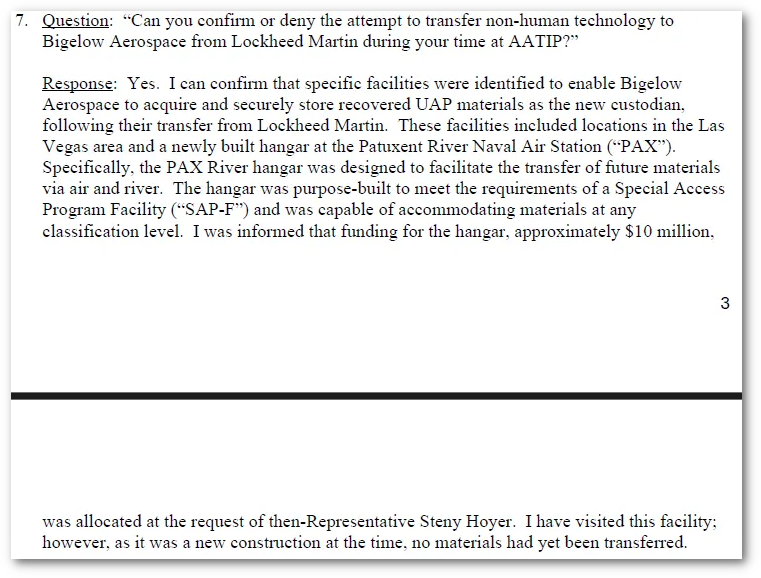
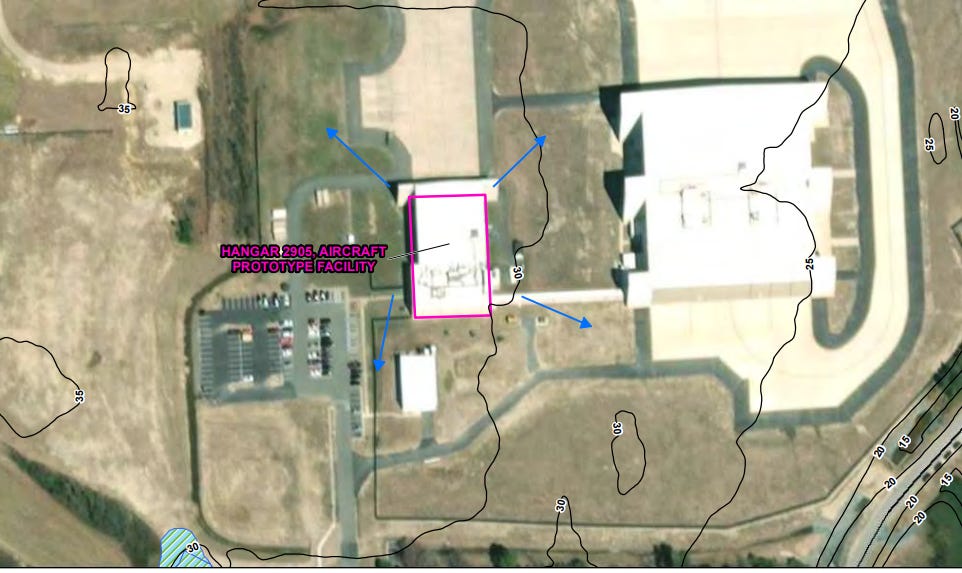
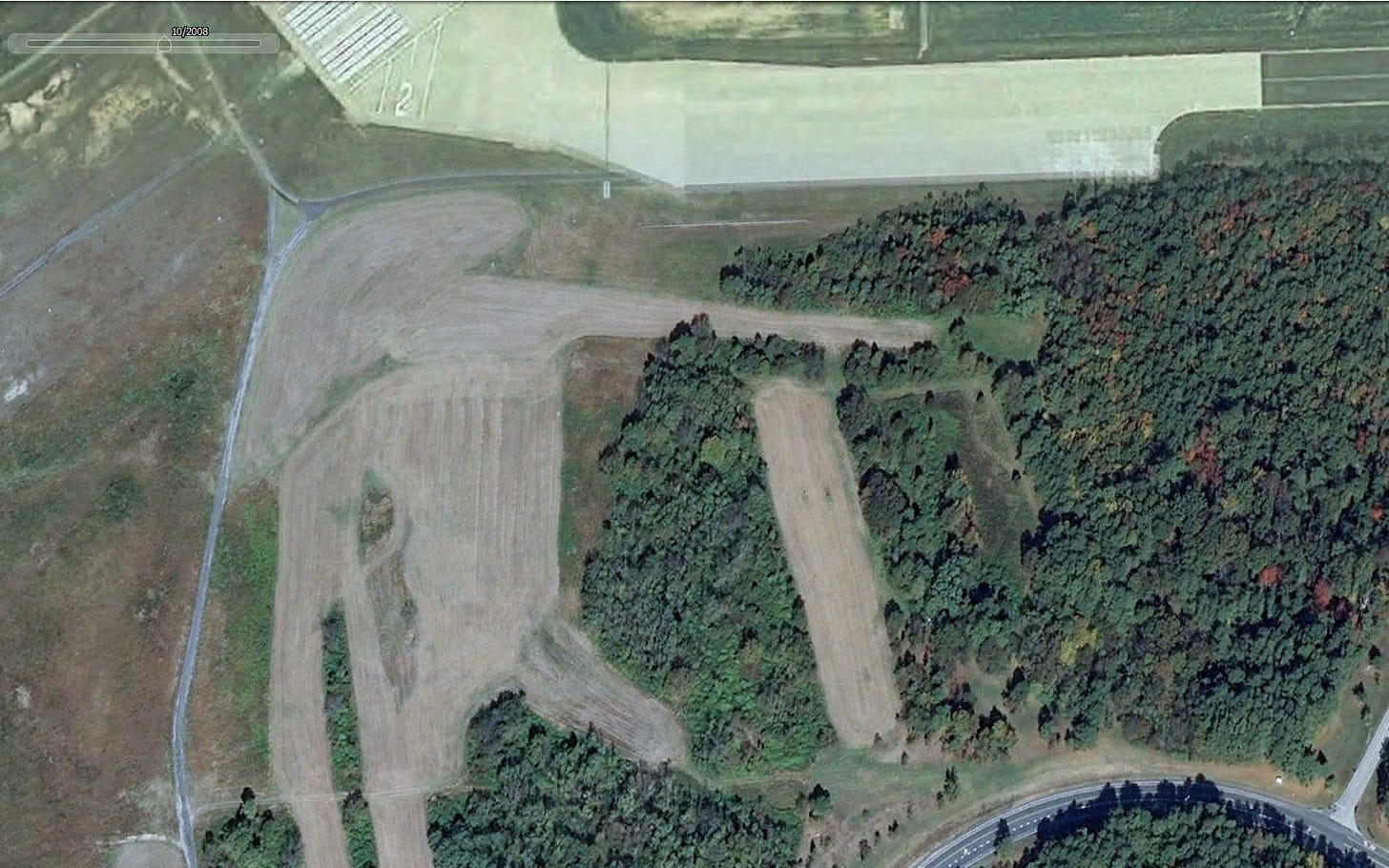
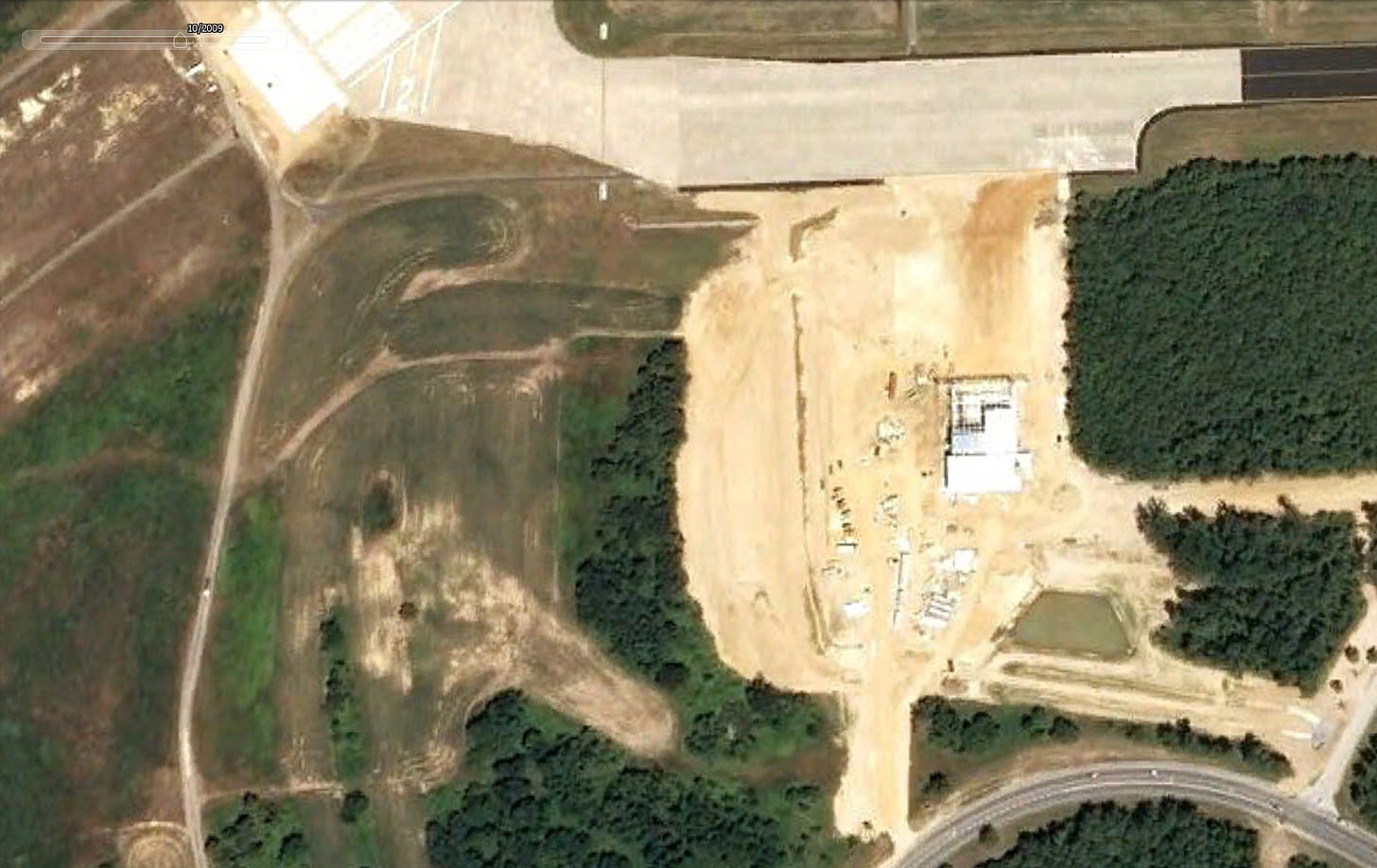
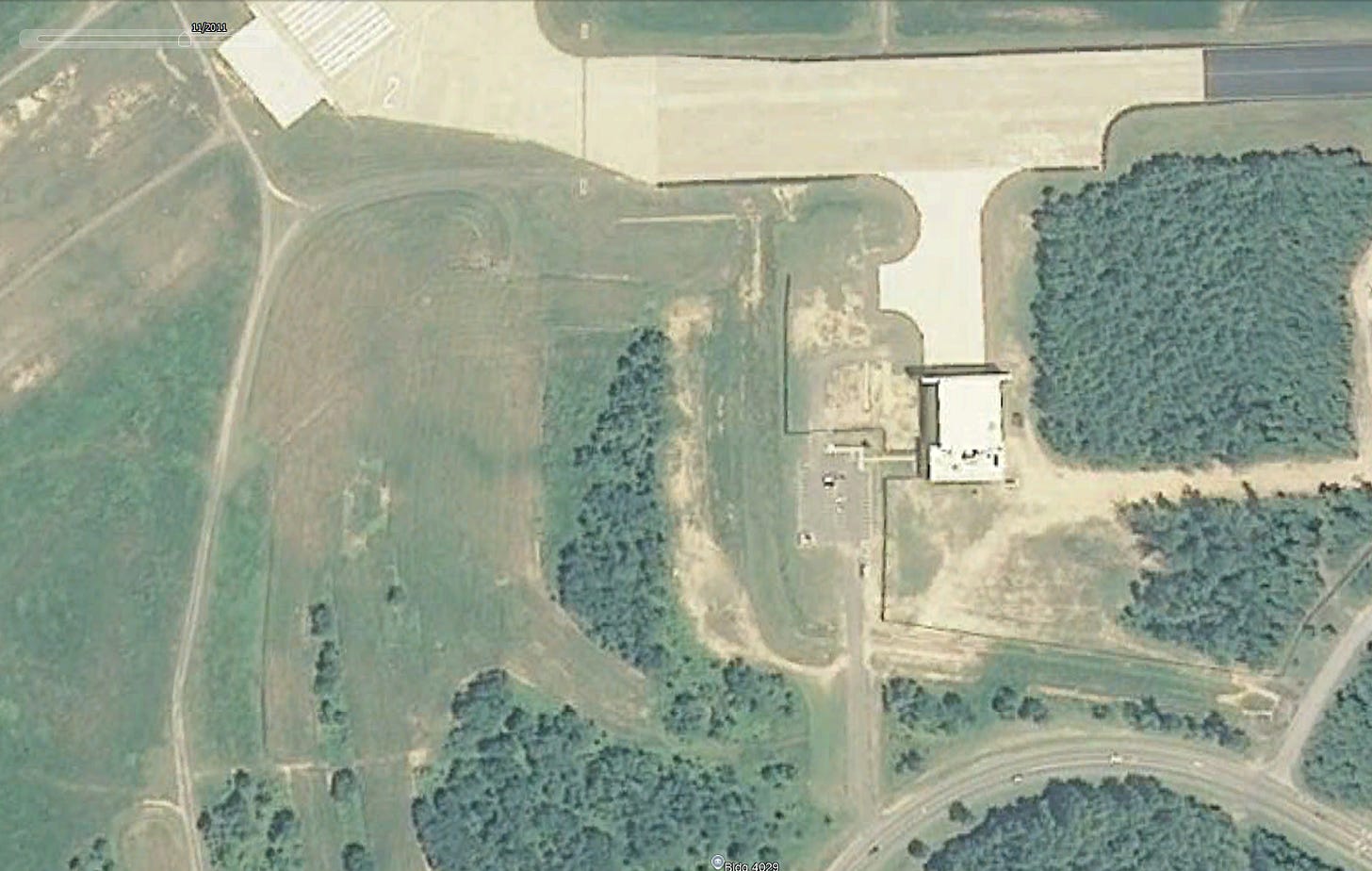

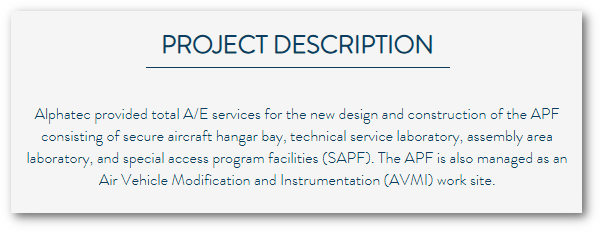
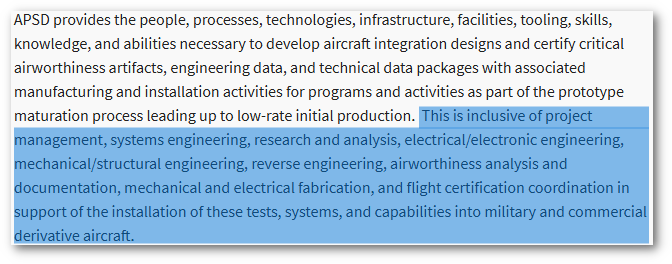

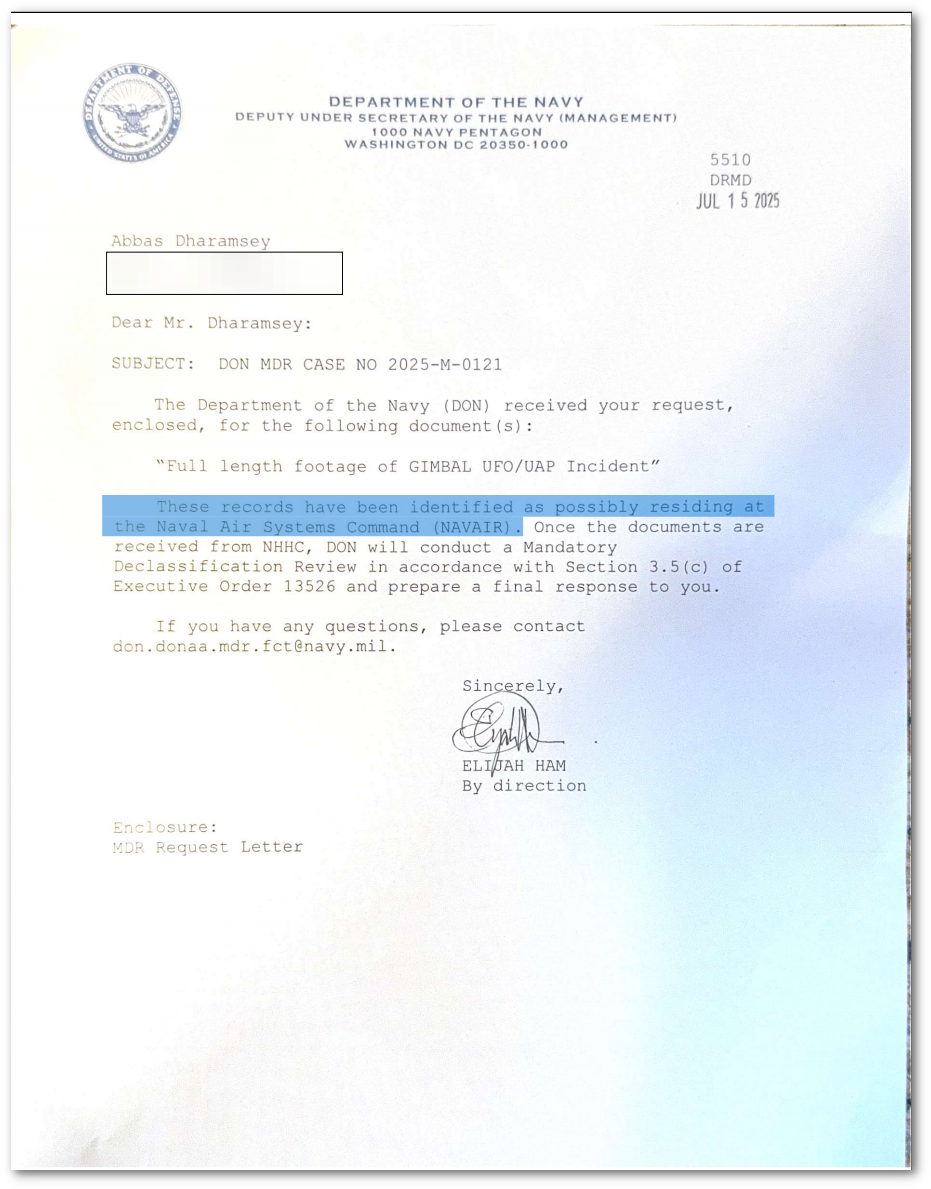
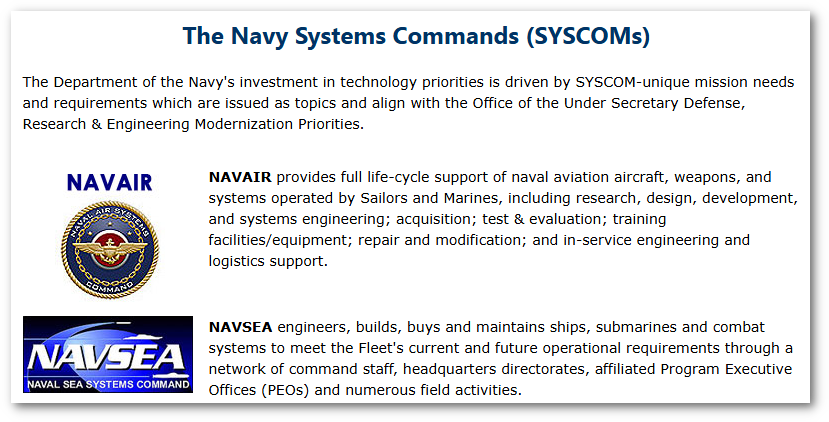


Fantastic work. You should set a Buy Me a Coffee! link.
Great detective work. As a nearby resident, I've always wondered what kind of secrets were being kept at Pax River/NAVAIR HQ. Laughed at the line "Representative Steny Hoyer provides a precise timeframe and reference point for identifying this facility." That guy has been the U.S. Rep for the district since 1981!